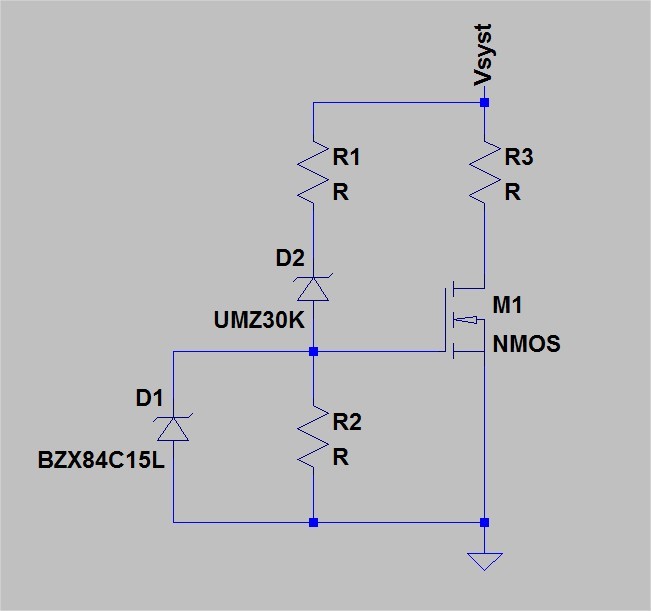Dear e2e Community,
My customer has got a specific case to solve, when:
- our charger has no AC adapter connected
- Battery pack is not connected
- the customer system generates a reverse current, coming from electric motors which are driven manually, unexpectedly.
In this case current flow is interrupted.
Have you ever faced this issue in previous design ?
Do we have a tip to drive this current somewhere?
Regards,



